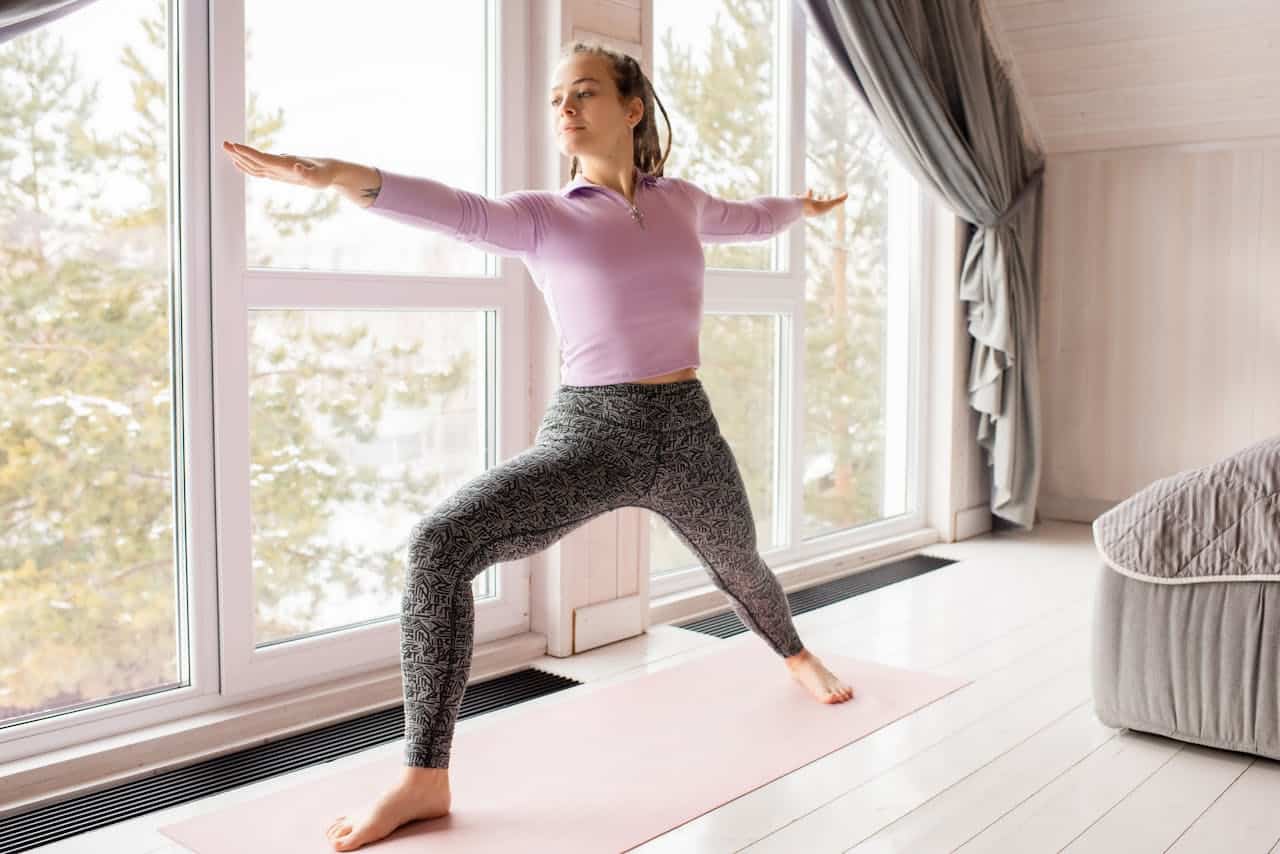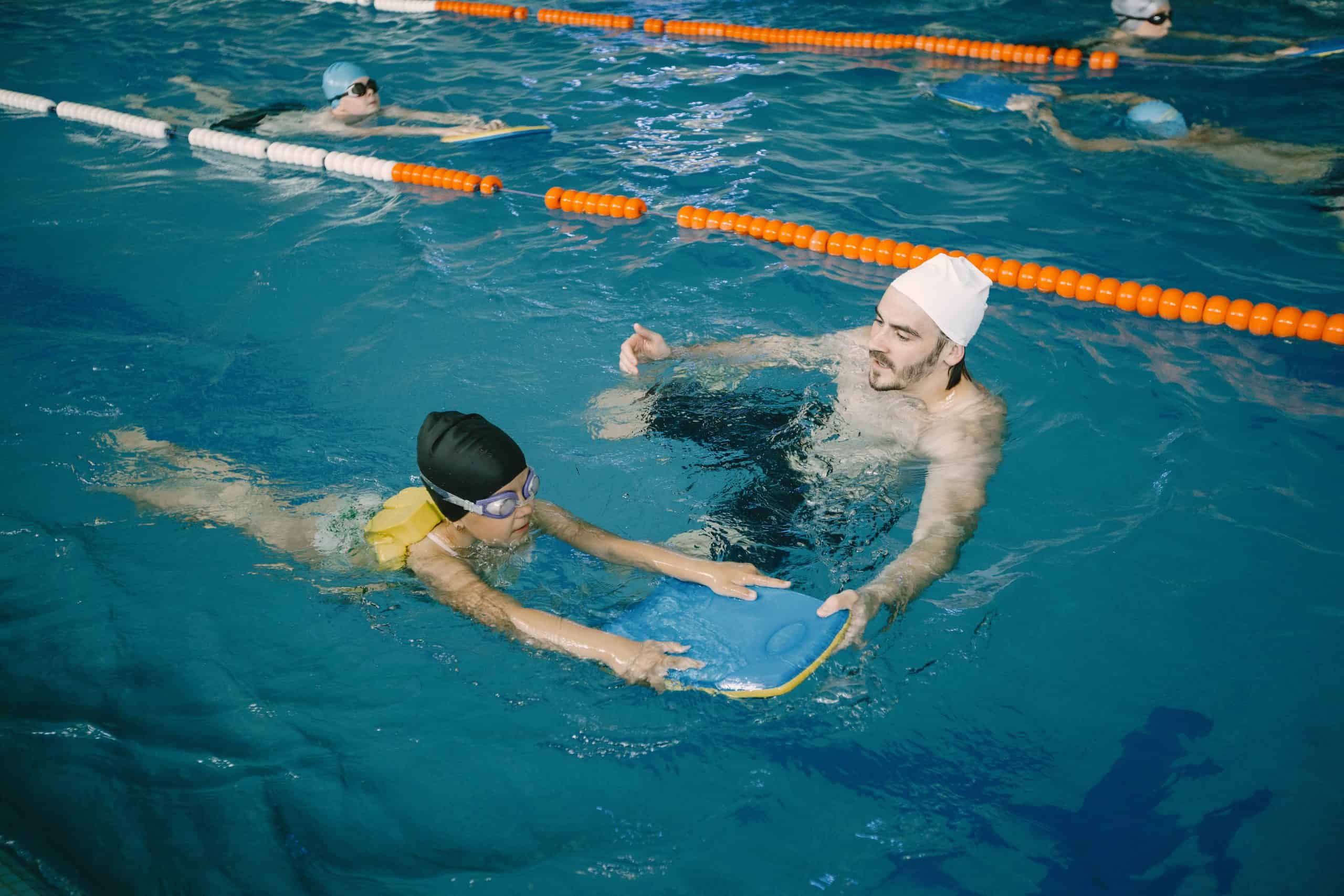Table of Contents
Finding the right workout program is a crucial step toward achieving your fitness goals. Whether you aim to lose weight, build muscle, improve cardiovascular health, or increase flexibility, having a tailored workout plan can make a significant difference.
This guide will help you find the right workout for you by considering various factors such as your fitness level, goals, body, and personal preferences.
How to Find the Right Workout Routine

Exercise has a ton of health benefits; it can help keep your blood pressure in check, reduce the risk of many diseases, help you lose weight, and increase muscle strength. Studies have also shown that people who are physically active are at a lower risk of developing cognitive impairment. In summary, exercising can greatly enhance one’s health.
While we all know that having some form of exercise regimen can keep us in top shape, a lot of us neglect it because many people simply do not know what kind of exercise regimen they should be doing.
How to find the right workout for you depends on a lot of things. Creating the right workout program begins with a thorough understanding of your current fitness level and your goals.
Start by evaluating your physical condition. Simple tests, such as timing a mile run, counting the number of push-ups you can do in a minute, and measuring your flexibility, can give you a baseline to work from. It’s also wise to consider any medical conditions or injuries that might influence your exercise choices.
Next, clearly define your fitness goals. Are you looking to shed pounds, build muscle, improve your cardiovascular endurance, or perhaps enhance your flexibility? Specific goals will help shape your exercise routine. For instance, weight loss goals might focus more on cardio and high-intensity interval training (HIIT) to burn more calories, while those who want to build more muscle would prioritize strength training exercises.
Consider your schedule and lifestyle as well. Determine how much time you can realistically commit to setting aside exercise time each week and when it is convenient for you. Your routine should fit seamlessly into your daily life to ensure consistency and long-term adherence. Additionally, think about where you prefer to exercise – at a gym, at home, or outdoors. Your environment can significantly impact your exercise motivation and enjoyment.
How to Choose the Right Exercise for You

Choosing the right exercise program involves finding activities that you enjoy and that will help you reach your goals. Start by exploring different types of workouts. Cardio exercises like running, cycling, and swimming are great for improving heart health and burning calories.
Strength training, which includes lifting weights and bodyweight exercises, is essential for building muscle and increasing metabolism. Flexibility exercises, such as yoga and Pilates, enhance your range of motion and can prevent injuries.
Understanding Different Exercise Categories
To make an informed choice, it’s helpful to understand the main categories of exercise:
Aerobic Exercise
These are short, intense bursts of activity like sprinting or weightlifting. Anaerobic exercises improve strength, power, and muscle mass.
Flexibility Exercises
Yoga, stretching, and Pilates fall into this category. These exercises enhance flexibility, reduce muscle tension, and improve joint health.
Balance and Stability Exercises
If you have poor balance, exercise activities like tai chi and balance drills improve your stability and coordination, which is particularly important as you age.
Matching Exercises to Your Goals
Your goals will largely determine which types of workouts you should focus on. If your primary goal is to improve cardiovascular health, then cardio exercises should be a significant part of your routine. If you’re aiming to build muscle and strength, focus on making a strength training program. For overall health and wellness, a balanced mix of all exercise types is ideal. Here are some common fitness goals and the corresponding exercises:
Weight Loss
Incorporate a mix of cardio (to burn calories) and strength training (to build muscle and increase metabolism).
Muscle Building
Focus on resistance training with weights or bodyweight exercises. Ensure progressive overload to continue making gains. Start slow with no weight or very light weight and gradually move to heavier weights for a greater challenge.
For example, you can start a strength training exercise program with resistance bands or small dumbbells and then move on to heavier kettlebells. If you aren’t able to acquire small equipment, start with a bodyweight exercise like a push-up or a squat routine.
Improving Flexibility
Regular yoga or stretching sessions will help enhance flexibility and reduce muscle stiffness.
Boosting Endurance
Long-distance running, cycling, or swimming are great for building endurance.
Considering Personal Preferences and Lifestyle
It’s crucial to choose exercises that you enjoy and that fit into your lifestyle. If you dislike running, you won’t stick with a running program, no matter how effective it might be. Try different activities to see what you enjoy. Some people find joy in aerobic fitness classes with other people, while others prefer solitary workouts.
Additionally, consider logistical factors like access to local gym facilities, the time of day you can exercise, and whether you prefer indoor or outdoor activities.
How to Find the Right Workout for Your Body Type

Understanding the type of body that you have can help you tailor your workout routine for optimal results. The three main types are ectomorph, mesomorph, and endomorph. Learn more about them below.
Identifying Your Type
To determine what type of body you have, consider your natural build and how your body responds to diet and exercise. Here are the characteristics of each type:
Ectomorph
Generally slim with a fast metabolism. Ectomorphs often have difficulty gaining weight and muscle. They typically have a narrow frame and low body fat.
Mesomorph
Naturally muscular and athletic. Mesomorphs find it relatively easy to gain muscle and lose fat. They usually have a medium frame with a high proportion of lean muscle mass.
Endomorph
Tend to have a higher body fat percentage and may gain weight easily. Endomorphs often have a rounder physique and may struggle to lose weight. People who decrease their physical activity and increase their food intake as they get older and reach the age of 50 also fall into this category.
Designing an Exercise Program for Your Type
Each type has unique needs and responds differently to various workouts. Tailoring your workout routine to your type can enhance your results.
Ectomorph
Focus on strength training to increase muscle mass. Compound movements like squats, deadlifts, and bench presses are highly effective. Keep cardio to a minimum to prevent excessive calorie burn. If you do cardio, opt for low-intensity activities. Ensure that you also consume a calorie-dense diet with plenty of protein to support muscle growth.
Mesomorph
A balanced exercise program that includes both cardio and strength training works best. Include a variety of exercises to challenge different muscle groups. Mesomorphs can handle higher training volumes, so consider incorporating multiple workout sessions per week. Pay attention to diet, ensuring a balance of macronutrients to support your active lifestyle.
Endomorph
Focus on a mix of cardio and strength training to promote fat loss and muscle gain. High-intensity interval training (HIIT) can be particularly effective as it is a form of exercise done in short bursts with rest in between. Endomorphs are also particularly responsive to isolation exercises.
If you want to lose more weight, be sure to include resistance training to boost metabolism and maintain muscle mass. Follow a healthy, balanced diet that emphasizes portion control and nutrient-dense foods.
How Do I Find an Exercise Routine I Like?

Research suggests that finding a workout routine you enjoy is crucial for long-term success. If you enjoy your workouts, you’re more likely to stick with them and make them a regular part of your life. Here are some tips to help you discover a routine you love:
Experiment with Different Activities
Trying a variety of workouts can help you find what you enjoy most. Group fitness classes like Zumba, spinning, or kickboxing can be energizing and fun. If you prefer solo activities, running, cycling, or swimming might be more appealing.
Many apps and online platforms offer a wide range of workout programs that you can follow at your own pace and convenience. You don’t even need a gym membership to find an activity that you enjoy.
Consider Your Interests
Incorporating your interests into your fitness routine can make working out more enjoyable. If you love dancing, consider dance fitness classes. If you enjoy being outdoors, explore activities like hiking, trail running, or outdoor boot camps. Finding a physical activity or workout that aligns with your hobbies can make it feel less like a chore and more like a fun activity.
Pay Attention to How You Feel
It’s important to listen to your body and pay attention to how you feel during and after workouts. The right workout should leave you feeling energized and motivated, not drained and discouraged. If you find that a particular activity isn’t enjoyable, don’t be afraid to try something new. The goal is to find a routine that you look forward to and that makes you feel good.
Vary the Intensity of Your Exercise
Aside from trying out different workouts, changing the intensity of your exercise regimen is important too. Let’s say today you’re doing a high-intensity exercise program, tomorrow you can follow it up with a low-intensity one. This allows your muscles time to recover from hard work and helps you avoid injury. Varying the intensity of your exercise regimen means you won’t get bored with doing 10 push-ups every single day as you’ll be doing something else the next day.
Set Mini-Goals and Celebrate Progress
Setting mini-goals can help keep you motivated and engaged with your exercise regimen. These goals can be as simple as completing a certain number of workouts per week, improving your time on a run, or lifting heavier free weights. Celebrate your progress and accomplishments along the way to stay motivated and inspired.
Final Note
When you’re just starting out with exercising, it can be challenging to not know how to find the right workout for you. Creating an exercise program is a personal fitness journey after all, and what works well for others may not work as well for you. Your mileage may vary, as they all say.
Even with that, you don’t have to fret as there are methods to find and create the best exercise that aligns with your goals, level, preferences, and more. Experimenting with different exercise routines, considering your interests, identifying your goals, and paying attention to how your joints and muscles respond can allow you to build a sustainable and effective exercise program. You don’t have to build an exercise regimen all by yourself too; always feel free to seek out the advice of a personal trainer for more information and support.
Aside from figuring out what exercise works for you, diet is important too. According to a professional personal trainer, even if you have an exercise program that you like, if you are taking in too much food or the wrong types of food, your health and physique won’t get better. Train wisely and eat wisely so that you can achieve your goals and build the figure that you’re working towards.
